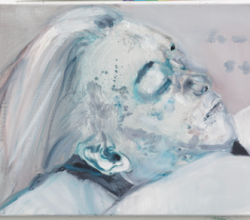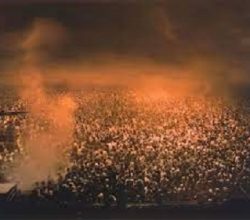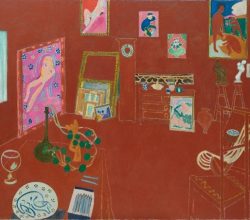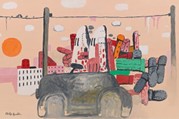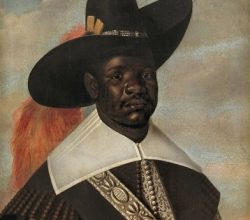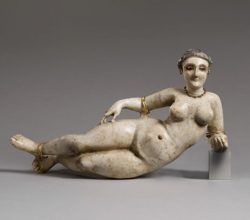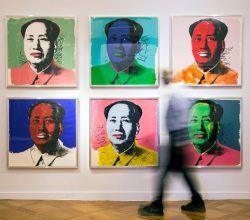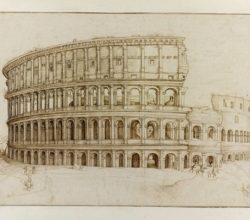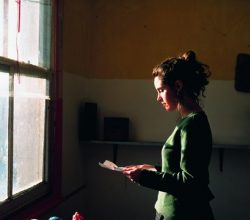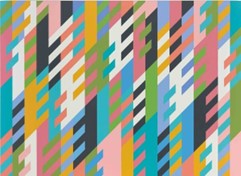
The Space Between: An Introduction to the Exhibition
Maryam Ohadi-Hamadani | Yale Centre for British Art | 3rd March 2022
Longish, but insightful. Riley’s early black and white abstractions were so startling they were viewed as optical illusions. Time has revealed that to be a gross underestimation. Her prolific output is about “open space, shallow space, multifocal space”, an exploration of perception via the use of ovals, circles and lines. From mid-career, Riley’s increasingly “liberated” use of colour has been an exploration of a different kind – “I was trying to paint sensation.”

